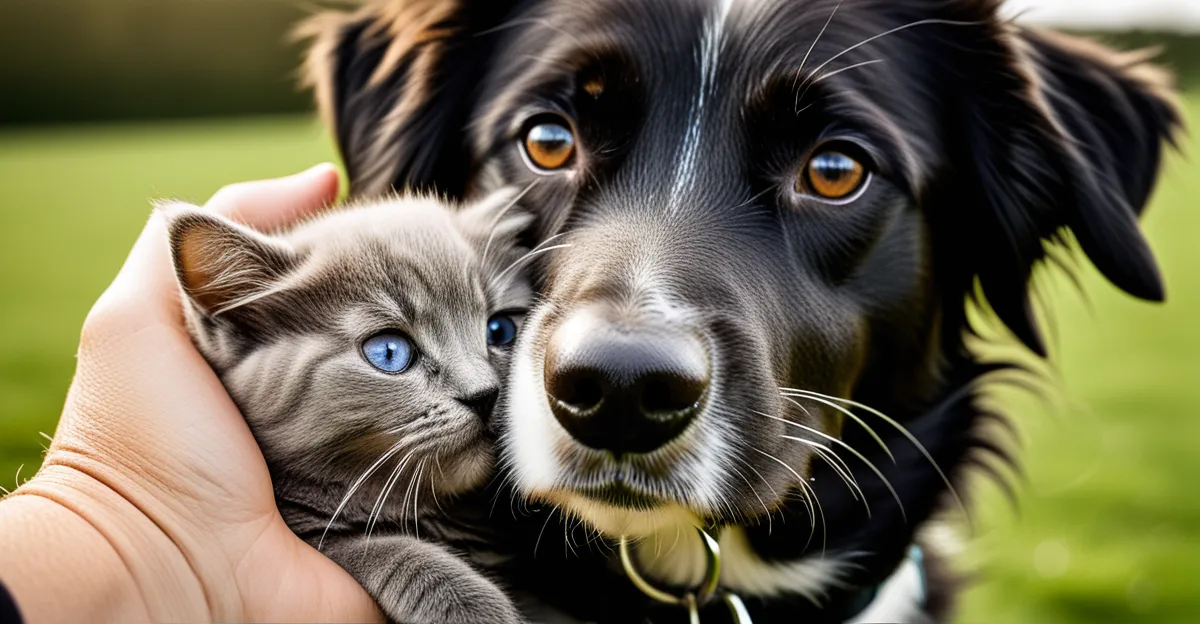Recent Trends in UK Pet Ownership
Recent data on pet ownership trends in the UK reveals significant shifts over the past decade. UK pet statistics indicate a steady increase in the number of households with pets, rising from around 40% ten years ago to over 50% recently. Dogs and cats remain the most popular pets, but there has been a noted growth in ownership of small animals like rabbits, guinea pigs, and reptiles.
Specifically, the rise in dog ownership is notable, with many urban households opting for smaller breeds suited to apartment living. This change reflects broader changes in pet ownership driven by evolving lifestyles. Cat ownership has also increased but at a slower pace, while interest in exotic and unusual pets has grown modestly, reflecting more diverse pet preferences.
Also read : How Do Pets in the UK Influence Family Dynamics?
Adoption rates have shifted as well; more households are choosing to adopt pets rather than buying them. This change is partly influenced by increased awareness of pet welfare and the rising number of shelters. Overall, the UK sees a trend towards responsible pet ownership, with many owners prioritizing wellbeing and longevity. These patterns emphasize the dynamic nature of pet ownership in the UK today.
Societal and Economic Influences on Pet Ownership
Understanding societal factors influencing pet ownership in the UK is key to explaining current trends. The rising cost of living and fluctuating disposable income directly affect how households approach pet ownership. For example, many potential owners may delay adopting or purchasing a pet due to ongoing economic pressures, as pet-related expenses can be significant.
Also read : How Can British Pet Owners Enhance Their Pets’ Living Environment?
Urbanisation also plays a crucial role. As more people live in cities, housing size and restrictions often limit the type and number of pets a household can accommodate. This results in shifts in pet ownership trends UK—smaller dog breeds and cats are preferred for urban lifestyles. Additionally, family structures have evolved; single-person households and professionals tend to select pets requiring less intensive care.
Public crises such as the COVID-19 pandemic and inflation spikes have had immediate impacts. During lockdowns, adoption rates surged as people sought companionship while working from home. However, economic uncertainty post-pandemic led some owners to reconsider long-term pet retention. Therefore, economic impact on pets intertwines with societal changes, shaping not only who owns pets, but also how sustainable that ownership is over time. This dynamic environment highlights why analyzing both social and financial factors is essential in understanding changes in pet ownership in the UK.
Emerging Trends in Pet Adoption and Care
Recent data reveals a notable rise in pet adoption rates UK, as more households choose shelter animals over purchasing from breeders. This shift reflects growing awareness of animal welfare and the benefits of rehoming. Pet adoption increasingly aligns with responsible ownership values, demonstrating a cultural change in how people view pet acquisition.
Alongside adoption, pet care trends are evolving rapidly. There is heightened demand for premium pet food, designed with specific dietary needs in mind, and an increasing uptake of pet insurance to protect owners from unforeseen medical costs. These developments signal that owners are prioritizing long-term well-being and health for their pets.
Technology’s role in pet care cannot be overstated. Tools such as activity trackers, smart feeders, and telemedicine platforms are becoming mainstream in pet owner habits. These innovations enable close monitoring and convenient care, reinforcing a trend toward informed and engaged pet parenting.
Collectively, these emerging pet owner habits illustrate a movement beyond simple companionship. They represent a deeper commitment to improving pets’ quality of life, reflecting both personal values and broader societal shifts in attitudes toward animals in the UK.
Demographic Breakdown of UK Pet Owners
Understanding the demographics UK pet owners reveals important patterns in pet ownership trends UK. Recent data highlights that pet ownership varies significantly across different age groups. Younger adults, especially those aged 25-34, show high engagement with pet ownership, often influenced by lifestyle preferences and urban living conditions. Conversely, older adults and seniors tend to own pets that require less maintenance, reflecting practical considerations.
Geographically, there is a distinct divide in regional pet trends. Rural households typically have larger properties, enabling ownership of bigger breeds and multiple animals. In contrast, urban residents favor smaller pets, often dogs and cats, suited to apartment living. This city-versus-country contrast shapes not only what kinds of pets are popular but also how households manage their care.
Household composition also plays a critical role in changes in pet ownership. Single-person households are more likely to choose pets requiring moderate attention, while families often opt for animals that can interact well with children. Moreover, multi-generational homes may prefer pets with gentle temperaments to accommodate diverse family members.
These insights into age groups pet ownership and regional variations are vital for understanding how diverse needs influence pet selection and care across the UK.





